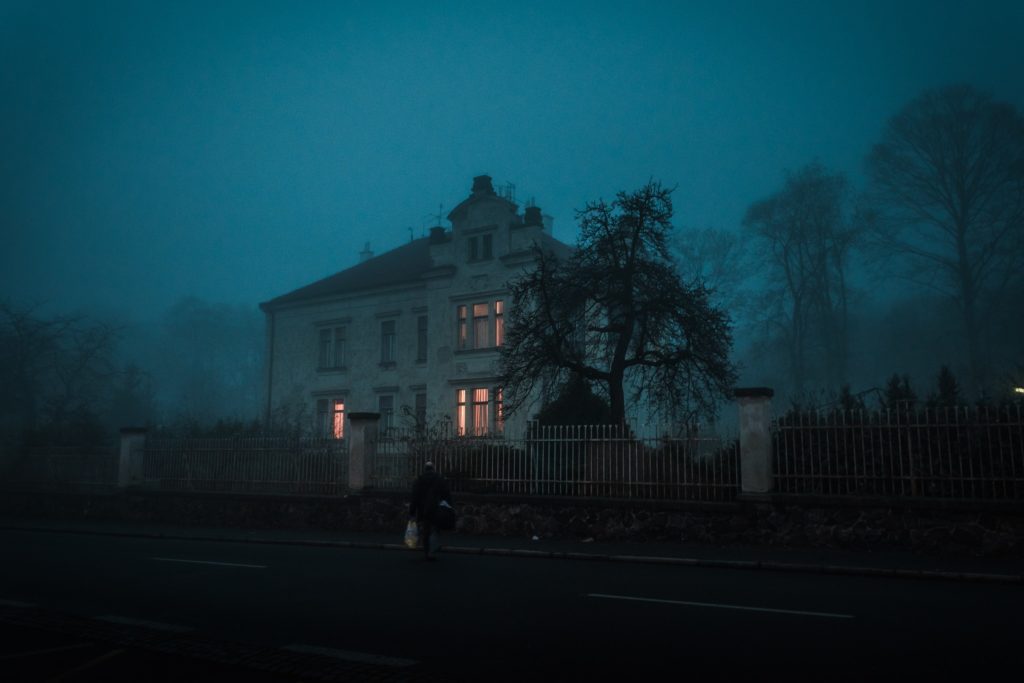One really good—I mean evil— literary villain
Since I did the virtual Unforgettable Characters, Incredible Journeys writing retreat (care of #5amwritersclub) in April, I’ve been thinking a lot about bad guys.
Also evil women, mean girls, villains—the antagonists who play against the hero in a story.
During the UCIJ retreat, Ralph Walker dedicated lots of time to developing our protagonists, of course. Every story has a hero who struggles against something: nature, God, society, her circumstances, herself … or against another person.
The UCIJ course also gave lots of time to antagonists. This challenged me to realize that a villain can be every bit as memorable as the hero.
But does every story have an antagonist character?
“My main character is her own worst enemy,” said one of my friends when I gave an informal poll of writer friends.
I write realistic literary fiction, with a dash of humor when I’m on my game. I’m particularly prone to telling a story from all sides, giving everyone the benefit of the doubt and even a point of view. In literary fiction, one person’s antagonist is often the protagonist in her own story. Conflict comes from irreconcilable incompatibilities.
It’s easier, perhaps, to fit a true antagonist into a thriller or a mystery. Or even a spoof of these genres; every time someone says “villain,” a few cells of my brain flick to Dr. Evil in Austin Powers, eyebrow raised, pinky finger to lip. “In exactly five days, we will be one hundred billion dollars richer!”
Because literary fiction often aims to reflect real life, a convincing villain in such a novel is truly chilling. Just such a villain grabs my attention in James Han Mattson’s new novel, “Reprieve.”
On its surface, “Reprieve” is a horror tale centered around Quigley House, a “full-contact” haunted attraction outside Lincoln, Nebraska. Horror fans pay to go through the house in teams of four, encountering and sometimes fighting against horrifically costumed actors in order to get through all five rooms (“cells”) for a chance to win $60,000.

Mattson elevates this horror story to the literary level by going deep into the back stories of a team of contestants, a teenage employee of Quigley House, and a disillusioned hotel manager.
It’s the hotel manager, Leonard, who ends up with a real knife in his hand at the crux of the story—the novel is shaped around the deposition of his murder trial, so this isn’t really a spoiler—but there’s a more sinister force behind Leonard’s action. And that’s the really scary part.
“Reprieve” has a true villain roaming its pages: John Forrester, the owner and mastermind behind Quigley House.
Forrester doesn’t do the bad thing himself, himself, but rather plays on the fears and insecurities of others so that they do wrong to each other. I’m not into horror, so scenes of fake blood and ax murderers do not move me. But a malevolent character who only wants others to suffer—this scares me.
If literary fiction is trying, through art, to say something important, and if a lit fic novel has a true villain in it, what is this villain saying about life? What does John Forrester represent?
In this case, the fun house murder, read as a parable of race, has a disturbing double meaning. The deadly outcome is not isolated to four people going through a haunted house, but implicates all of us.
The troubling thing about truly bad villains in realistic fiction is the admission that not every conflict is simply a misalignment of good desires of well-meaning people. Killers are out there. Abusers ruin lives. Some people hold racist, misogynist or homophobic attitudes deep in their psyches and this causes damage.
It’s easier and more fun to have a clear—and often less scary—villain.
Hoo-hoo!